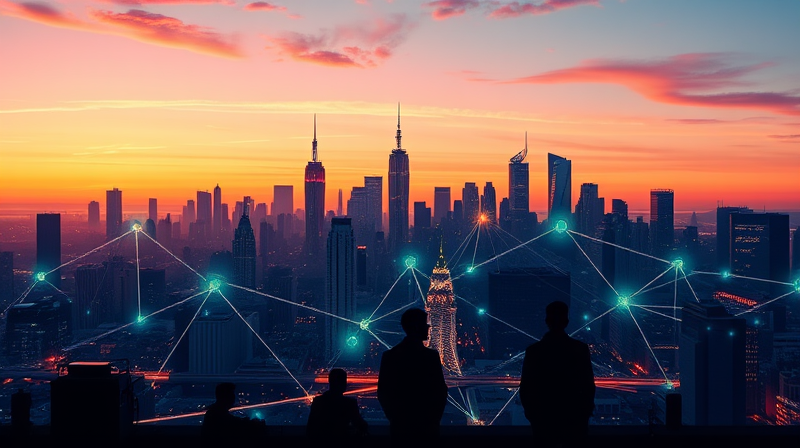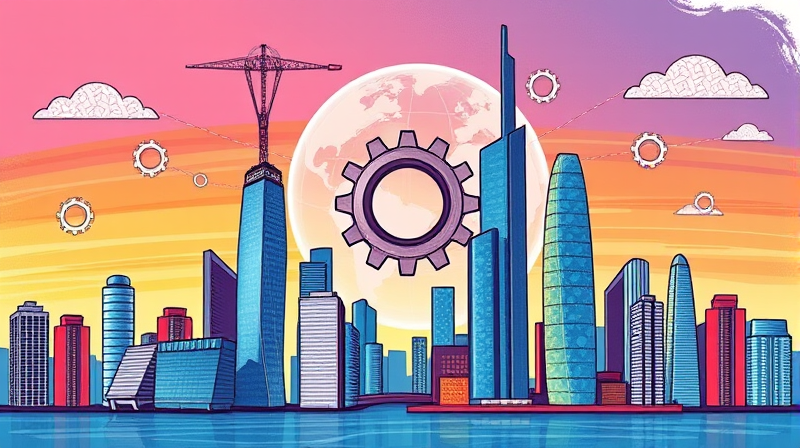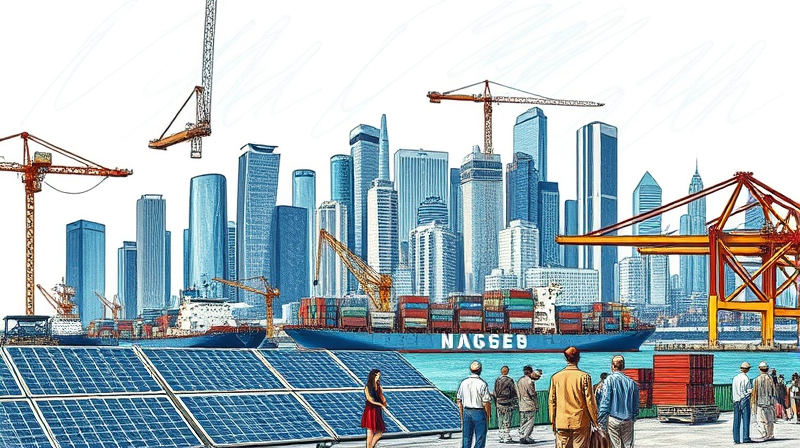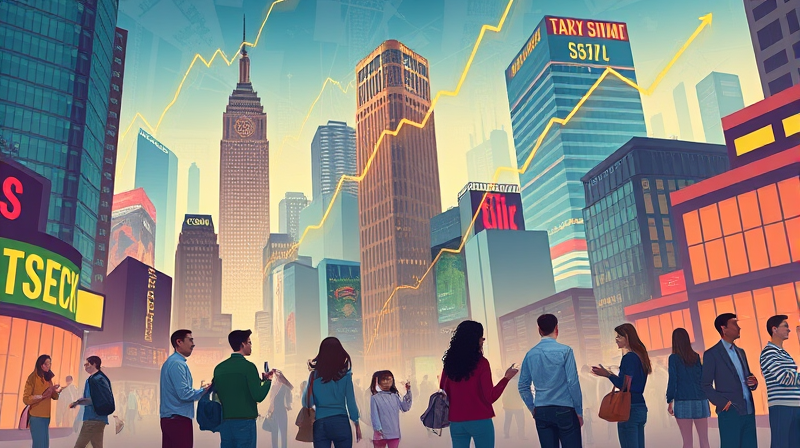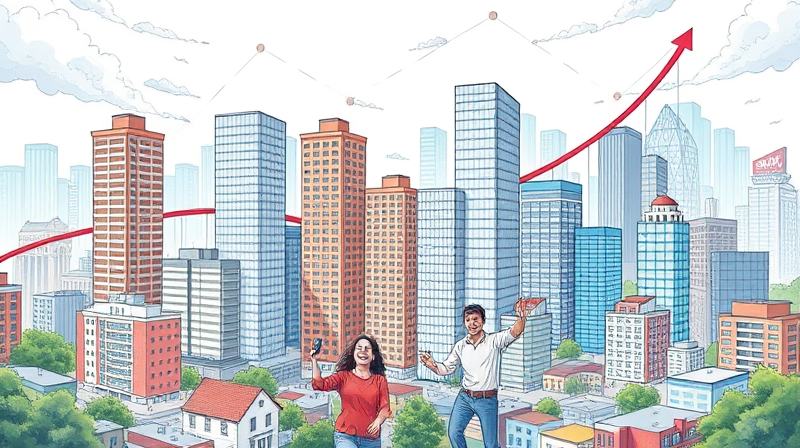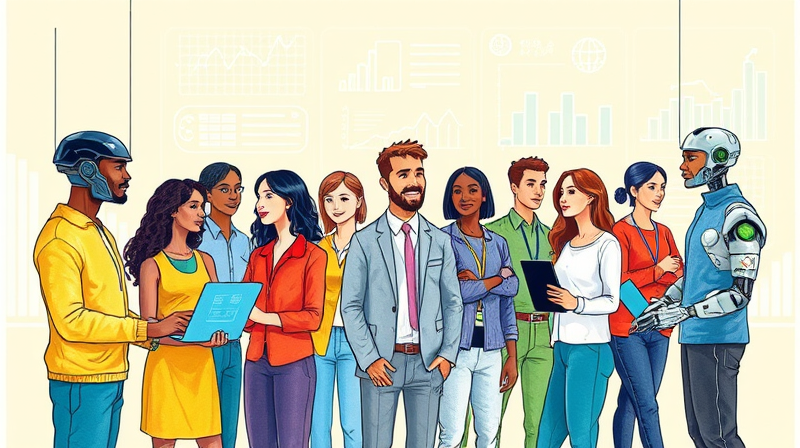
As we stand at the threshold of a new era defined by machine learning, robotics, and intelligent automation, the global workforce is poised for profound change. Industries are embracing smart systems at an unprecedented pace, compelling businesses, workers, and policymakers to adapt quickly.
This article dives into the latest research and forecasts, offering an in-depth exploration of how AI and automation will reshape jobs, economies, and societies. By examining workforce trends, economic impacts, and policy considerations, we aim to equip readers with practical insights and an inspiring vision of tomorrow’s opportunities.
Numerous studies project both significant disruption and job creation in the coming decade. Experts warn that the shift will be uneven, with some sectors and regions experiencing greater upheaval than others.
Automation and AI promise to fuel unprecedented productivity gains, offering a projected boost of 1.5 percentage points annually. This translates into a potential $7 trillion increase in global GDP over the next decade, unlocking resources for investment, innovation, and social programs.
Businesses that adopt AI technologies report faster decision-making cycles and cost reductions in operations, with more than half noting increased productivity and efficiency gains. However, these benefits hinge on strategic implementation, robust data governance, and talent development.
The impact of AI and automation varies sharply across industries. While some sectors accelerate toward full digitization, others evolve more gradually, blending human insight with machine precision.
With AI handling routine and repetitive tasks, human workers are freed to focus on higher-order functions. This shift emphasizes creativity, critical thinking, and emotional intelligence, highlighting the strategic, creative, and interpersonal tasks that only humans excel at.
To thrive, employees must embrace lifelong learning and adaptability. Organizations and governments alike are investing in reskilling initiatives that bridge the digital divide and equip workers for evolving roles.
Beyond skills, worker wellbeing must remain front and center. As roles transform, companies should prioritize mental health support, flexible work arrangements, and transparent communication to maintain morale and trust.
Effective regulation is critical to ensuring AI benefits are shared broadly. Policymakers face the challenge of crafting labor laws and safety nets that accommodate proactive workforce policy measures while encouraging innovation.
Ethical frameworks must guard against unintended bias and data privacy risks, mandating transparency in algorithm design and accountability for outcomes. Collaboration between governments, tech firms, and civil society will shape fair and inclusive standards.
Investment in public infrastructure—such as broadband access and digital literacy programs—will mitigate regional disparities and support equitable growth. Social safety nets, including unemployment benefits and retraining subsidies, can cushion short-term disruptions.
Looking ahead, two scenarios emerge. In the first, nations that invest in human capital and ethical AI reap substantial economic and social rewards. In the second, laggards face widening inequality, labor unrest, and wasted potential.
Ultimately, the power to steer this transformation rests with us. By fostering partnerships, nurturing talent, and upholding ethical standards, we can unlock a future in which technology elevates human potential rather than diminishes it.
The next decade will define whether automation and AI serve as catalysts for shared prosperity or drivers of division. Embracing change with foresight and compassion will ensure that the workplace of tomorrow is both dynamic and humane.
References






